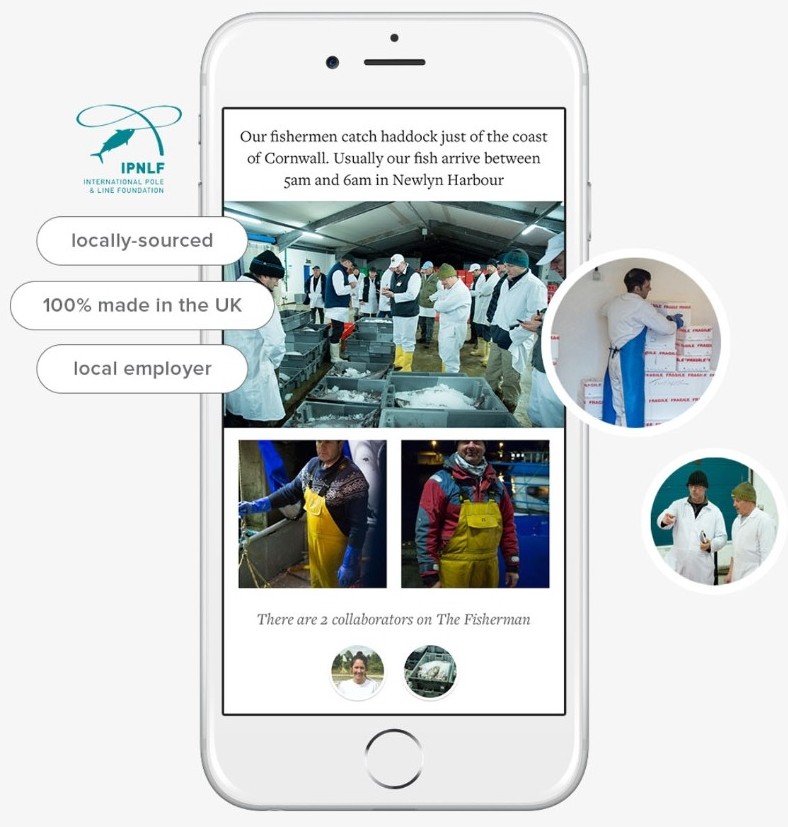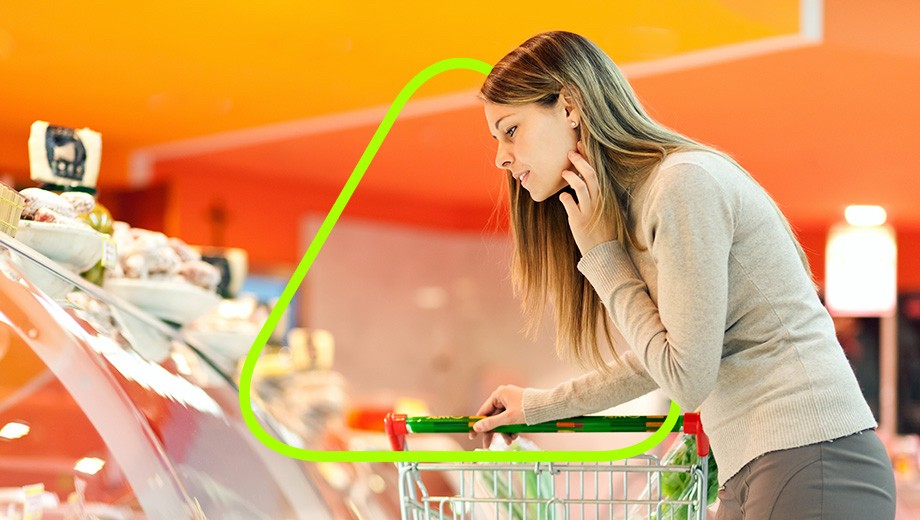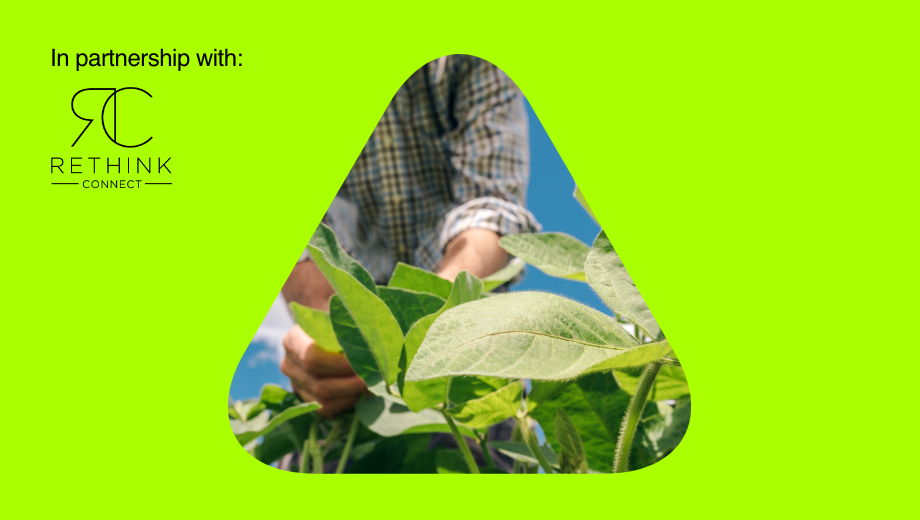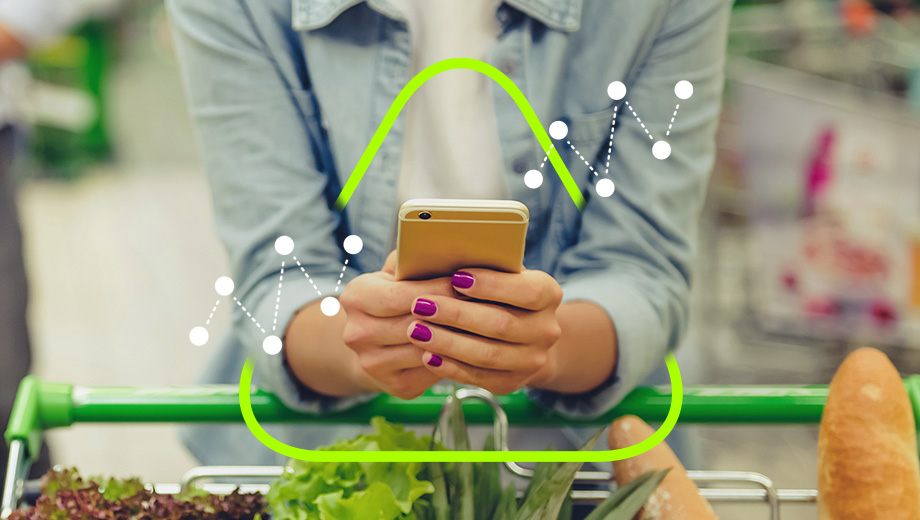The challenge for designers will be how to inventively integrate QR codes into packaging in ways that are not obtrusive and to encourage customer engagement. Beer brand Downstream chose to make its QR code an integral part of its aesthetic. Created by Ireland Craft Beers in collaboration with arc-net in late 2017, it claims to be the world’s first blockchain beer. Each can has a large QR code creating an easy way for customers to glean more information about their specific beer. Similarly, Bock Chain, a new blockchain beer made in Alberta, Canada, has a pixelated label with all the squares coming together to form a QR code in the middle. Scanning it opens up a microsite that contains not only timestamps of the beer’s journey, but videos and other content to build a story around the data.
But blockchain-enabled labels are useless unless people want to scan the code in the first place. Almond, an app that aims to educate and incentivise sustainable behaviour, launched its first blockchain-verified product, FACT sparkling water, in November 2018 in collaboration with EVRYTHNG. The QR code, hidden under the can’s ring pull, offers access to the Almond app, which contains full traceability about the product and its carbon footprint and also unlocks cash rewards, allowing users to collect Almond Coins that can be used on other sustainable purchases. The subtle placement of the QR code ensures it is only used by someone purchasing the product, and the reward element acts to encourage future purchases and engagement.
These products are just the beginning of what a label will be able to do in the future. Global management firm Accenture envisions a world where, with the simple scanning of a label, consumers will be able to connect with small-scale producers directly. Its Circular Supply Chain project uses blockchain and unique digital identifiers on product labels which let consumers find out about producers (a coffee farmer for example) and, if they wish, send them a tip via their smartphone. The next challenge will be how to develop technologies that offer customer interaction without a specific trigger. As Richard Meszaros of Accenture reminds us: ‘Today’s consumers demand enhanced transparency about the products they purchase. They don’t care how this is done, only that it is done and that it is simple, easy and fast to verify with no added steps.’
Blockchain-enabled products offer designers a chance to create engaging, immersive packaging that encourages customers to delve beyond the label and into a brand new world of transparency. Whether that be through ‘QR codes, augmented reality, embedded NFC or something entirely different, who can really say,’ muses Lyall. But he believes one thing is clear: ‘More products will have calls to action.’ And the design is up for the imagining.






